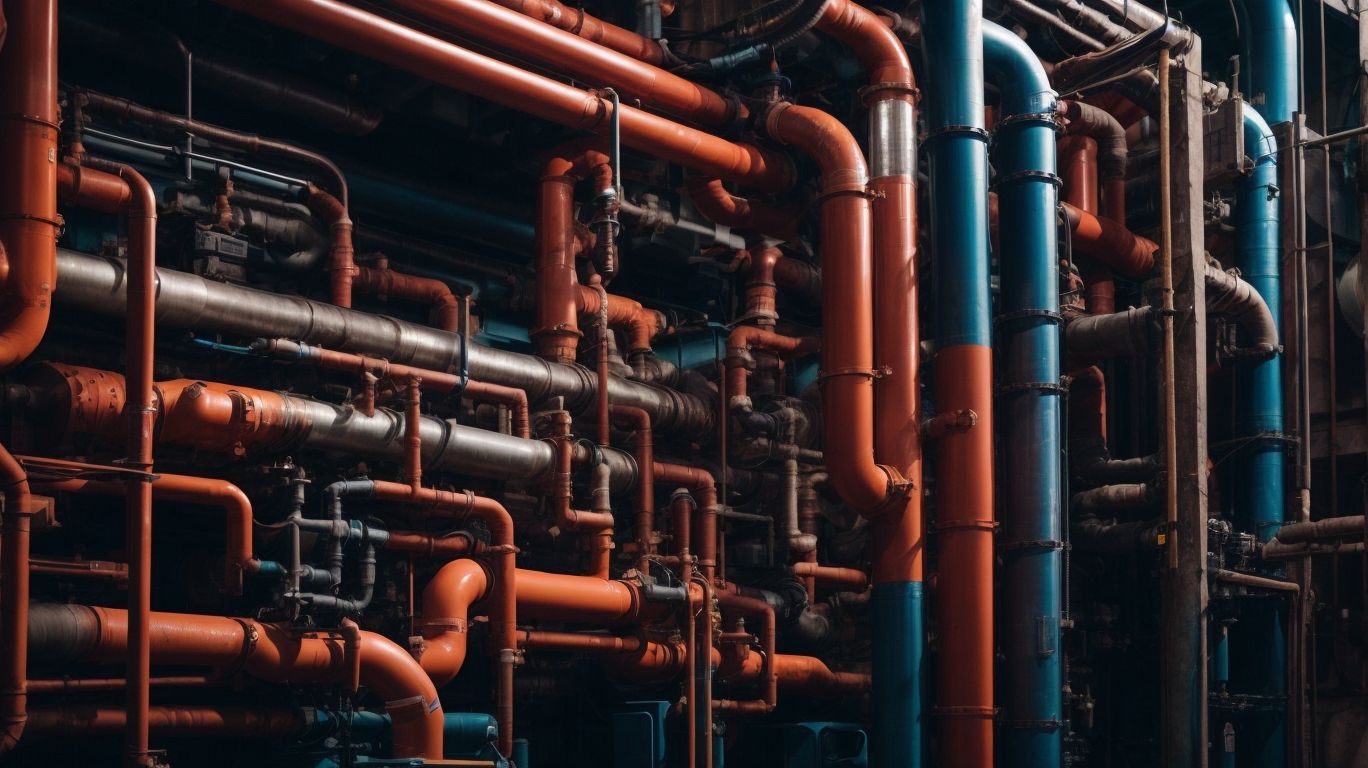Benzene is a colorless and flammable liquid that is derived from coal tar or petroleum. It is a highly versatile chemical compound that is used in the production of various products, ranging from plastics and rubber to detergents and pharmaceuticals.
There are several methods of producing benzene, each with its own advantages and disadvantages. Some of the most commonly used methods are:
- Steam cracking, also known as steam pyrolysis, is the most widely used method for benzene production. It involves breaking down hydrocarbons, such as ethane and propane, in the presence of steam at high temperatures.
- Coal gasification, on the other hand, uses coal as the raw material to produce benzene. This method is not as commonly used due to its higher cost and the environmental impact of using coal as a raw material.
- Catalytic reforming involves the use of a catalyst to convert low-quality gasoline into a higher-octane product, which also produces benzene as a by-product.
- Hydrodealkylation is a process that converts alkylated aromatics to benzene and is often used in combination with catalytic reforming.
- Benzene can also be produced as a by-product of petroleum refining.
The production of benzene has its advantages and disadvantages. Some of the advantages include its high production rate, versatile uses, and relatively low cost. However, there are also certain drawbacks such as its negative impact on the environment, potential health risks associated with exposure, and its flammability.
To ensure the safety of workers and the surrounding community, certain measures must be taken during benzene production. These include proper ventilation to prevent the buildup of toxic fumes, the use of personal protective equipment, regular maintenance and inspections of equipment, and having an emergency response plan in place.
In conclusion, benzene production plays a crucial role in various industries and is produced through various methods with their own set of advantages and disadvantages. However, safety measures must be taken to minimize any potential risks and ensure the protection of workers and the environment.
Key Takeaways:
What Is Benzene?

Photo Credits: Chemicalglossary.Net by Kyle Carter
Benzene is a colorless, highly flammable chemical compound that is used in the production of a variety of products such as plastics, resins, synthetic fibers, dyes, detergents, and pesticides. It can also be found naturally in crude oil and cigarette smoke, posing potential health risks upon exposure.
In 1985, three chemists were honored with the Nobel Prize in Chemistry for their groundbreaking research on the mechanisms of organic reactions involving benzene, which greatly advanced the field of organic chemistry.
What Are the Uses of Benzene?
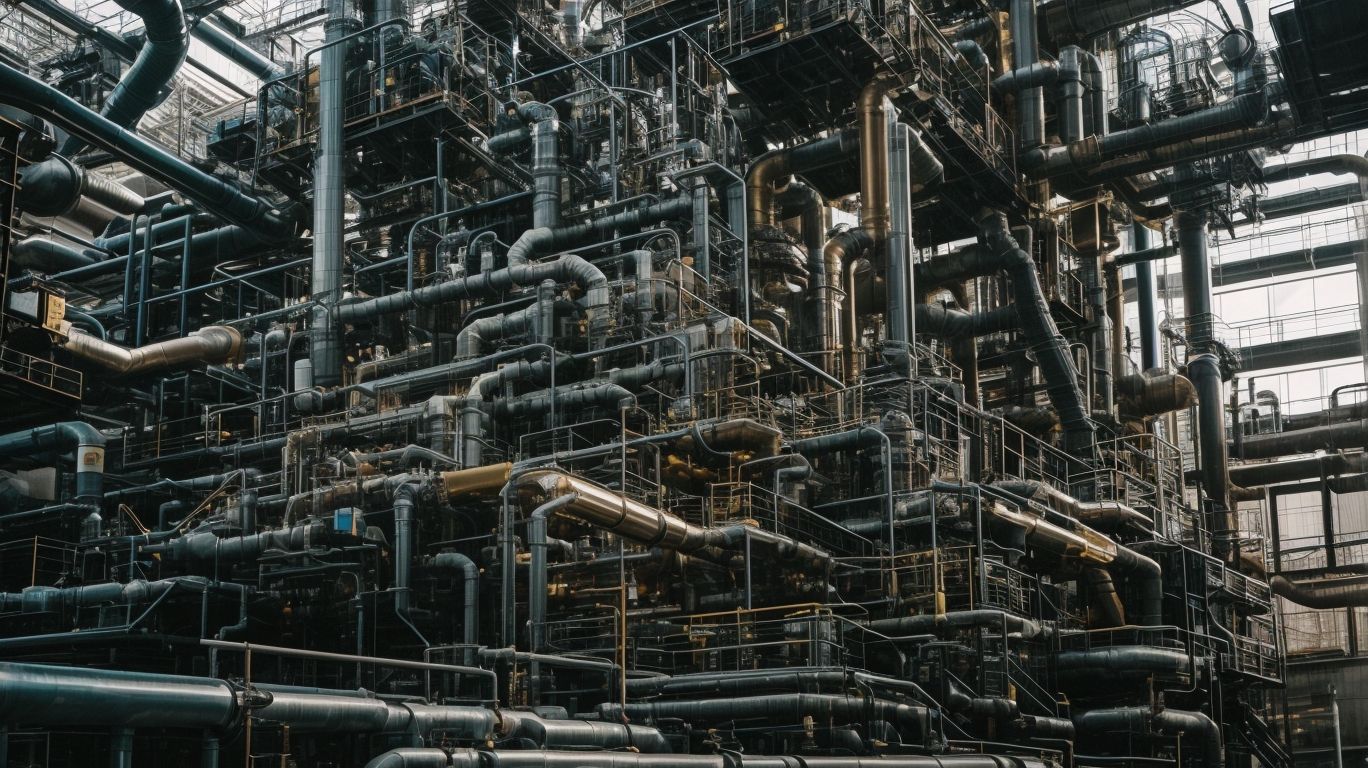
Photo Credits: Chemicalglossary.Net by Brian Young
Benzene, a widely used chemical, serves various purposes. It is a key component in the production of plastics, resins, synthetic fibers, rubber, dyes, detergents, pesticides, and pharmaceuticals. Additionally, it is utilized as a solvent in the manufacture of other chemicals. Its aromatic properties make it crucial for the synthesis of numerous industrial compounds.
Next time you wonder, ‘What are the uses of benzene?’ consider its integral role in everyday products and industrial processes. Its versatile applications make it indispensable across multiple industries.
What Are the Various Methods of Benzene Production?
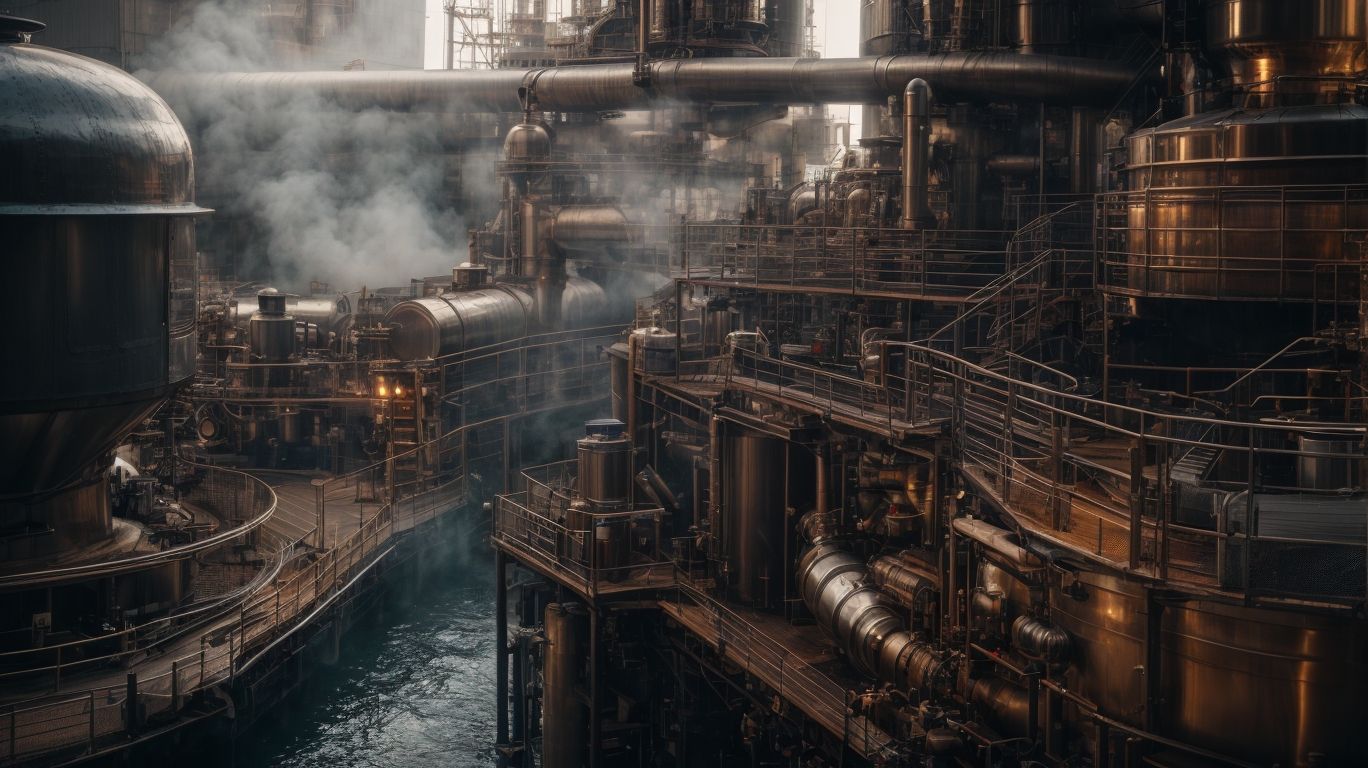
Photo Credits: Chemicalglossary.Net by Jeremy Jackson
Benzene, a widely used industrial chemical, can be produced through several different methods. In this section, we will take a closer look at the various techniques used to produce benzene. From traditional methods like steam cracking and coal gasification to more modern processes like catalytic reforming and hydrodealkylation, we will examine the unique characteristics and applications of each method. By understanding the different methods of benzene production, we can gain insight into the complexity and versatility of this important compound.
1. Steam Cracking
- The chemical process of steam cracking is utilized to produce ethylene and other chemicals from petroleum refining.
- This process involves breaking down hydrocarbon molecules using high temperatures and steam.
- To begin, hydrocarbons are heated to form free radicals, which are then quickly cooled to stabilize the resulting products.
- Finally, the products are separated and purified for various industrial applications.
Pro-tip: For optimal ethylene production, it is crucial to maintain precise control over temperature and pressure during steam cracking.
2. Coal Gasification
- Coal gasification is a process used to convert coal into a gas mixture containing carbon monoxide and hydrogen.
- During this process, coal is reacted with oxygen, steam, and carbon dioxide under high temperatures and pressures to produce the gas.
- The resulting gas can then be processed to generate electricity, chemicals, and liquid fuels.
Coal gasification has been utilized since the 19th century to produce gas for lighting and heating, prior to the availability of natural gas and electricity.
3. Catalytic Reforming
Catalytic reforming is a process used in the production of benzene that involves several steps:
- Preparation of the feedstock by removing impurities and sulfur compounds.
- Heating the feedstock to a high temperature to facilitate the reaction.
- Passing the heated feedstock over a catalyst under high pressure to induce chemical reactions.
- Separating the resulting products in a fractionation tower to obtain benzene.
4. Hydrodealkylation
Hydrodealkylation, also known as HDA, is a process used in the production of benzene. The steps involved in hydrodealkylation include:
- Initiation: The process begins with heating the hydrocarbon feedstock to a precise temperature.
- Hydrogen Addition: Introducing hydrogen to the heated feedstock in the presence of a catalyst, typically molybdenum or platinum, is the next step.
- Alkyl Group Removal: Removing the alkyl group within the hydrocarbon feedstock results in the production of benzene.
For efficient hydrodealkylation, maintaining precise temperature and pressure conditions is crucial. Additionally, proper monitoring and maintenance of the catalyst are essential for optimal performance.
5. Petroleum Refining
- Distillation: Petroleum is heated to separate it into different components based on their boiling points.
- Conversion: Processes such as catalytic cracking and hydrocracking are utilized in petroleum refining to convert heavier components into lighter ones.
- Treating: The components are treated to eliminate impurities and enhance their quality.
- Blending: Different components are blended together to create the desired end products, such as gasoline, diesel, or jet fuel.
In 1856, the first commercial oil refinery was established in Romania, marking the beginning of the modern petroleum industry.
What Are the Advantages and Disadvantages of Benzene Production?
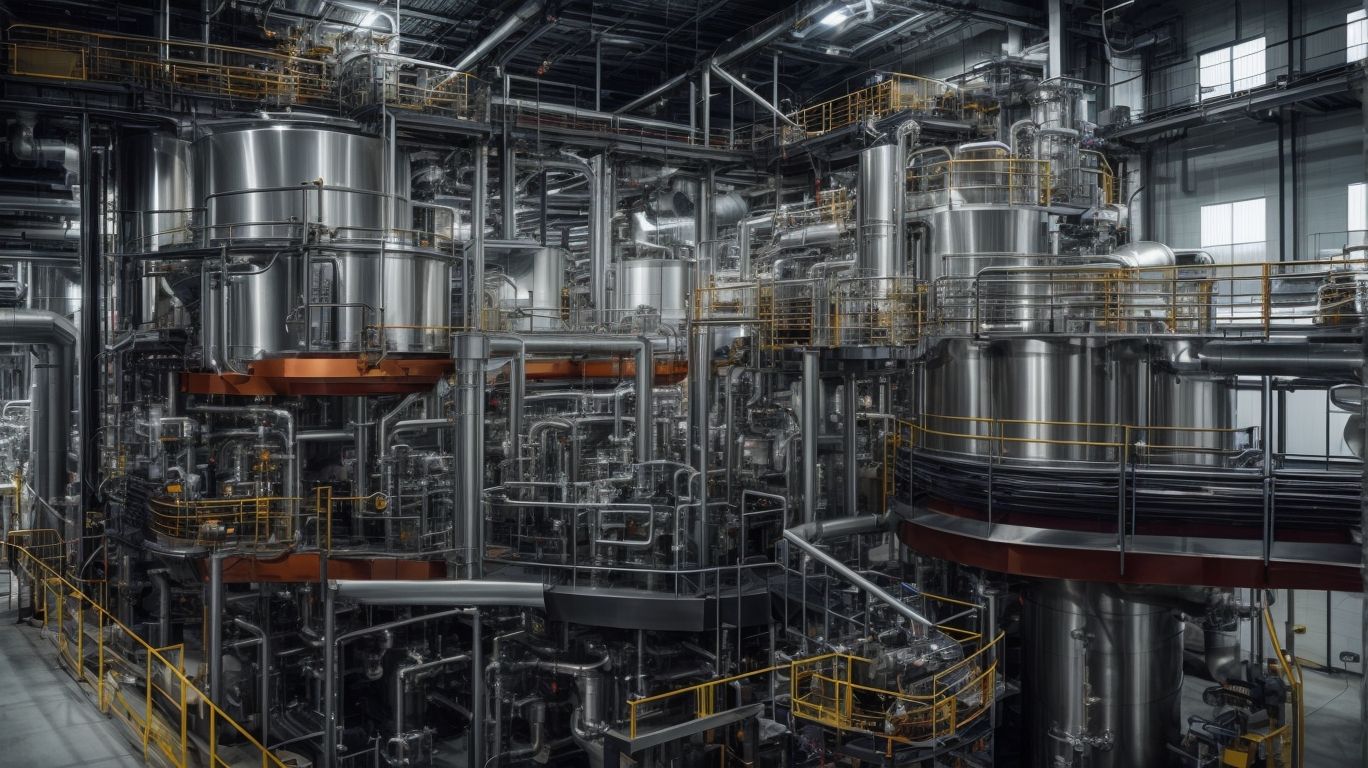
Photo Credits: Chemicalglossary.Net by Jerry Mitchell
In the world of industrial chemistry, benzene is a highly valuable compound used in the production of various materials such as plastics, rubber, and dyes. However, the methods of producing this compound vary, each with their own set of advantages and disadvantages. In this section, we will delve into the various methods of benzene production and discuss the benefits and drawbacks of each approach. By understanding these differences, we can gain a better understanding of the overall impact of benzene production on the environment and human health.
Advantages:
- Cost-efficient: Benzene is a valuable precursor in the production of various chemicals, making it a cost-effective option.
- Versatile: It serves as a crucial building block for numerous materials, including plastics, resins, synthetic fibers, and rubber.
- High Yield: Its production yields valuable by-products such as toluene, xylene, and ethylbenzene, making it a highly efficient process.
Did you know? Benzene was originally extracted from coal tar but is now primarily produced from petroleum refining.
Disadvantages:
Disadvantages of producing benzene include:
- Health hazards: Exposure to benzene has been linked to serious health issues, such as leukemia and other blood-related disorders.
- Environmental impact: Emissions of benzene contribute to air pollution and the formation of ground-level ozone, which can pose risks to both ecosystems and human health.
- Safety concerns: The production processes involving benzene require strict safety measures due to its flammability and toxicity.
What Are the Safety Measures for Benzene Production?
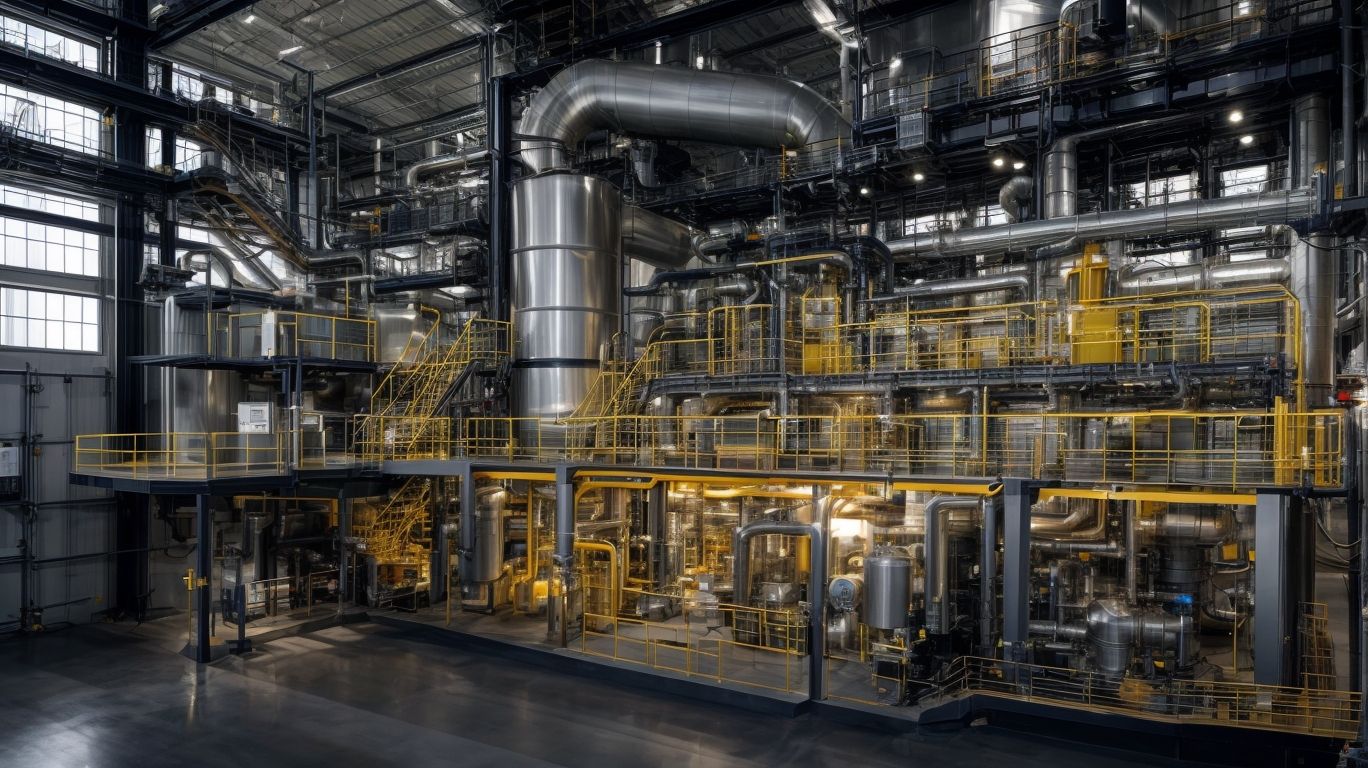
Photo Credits: Chemicalglossary.Net by Andrew Moore
The production of benzene involves various chemical processes that can pose potential safety hazards. In this section, we will discuss the important safety measures that must be taken during the production of benzene. From ensuring proper ventilation to having a comprehensive emergency response plan, we will cover the key precautions that must be taken to ensure the safety of workers and the surrounding environment. By understanding and implementing these safety measures, we can minimize the risks associated with benzene production and promote a safer work environment.
1. Proper Ventilation
- Make sure the workplace has proper ventilation systems in place to prevent the buildup of benzene vapors.
- Routinely check and upkeep ventilation systems to ensure they are functioning at their best.
- Utilize effective air circulation and exchange methods to reduce and eliminate benzene emissions.
- Educate employees on the necessity of consistently utilizing ventilation systems.
2. Personal Protective Equipment
- Wear appropriate personal protective equipment, such as coveralls, gloves, and boots, to prevent any skin contact.
- Use respiratory protection, such as masks or respirators, to avoid inhaling benzene vapors.
- Implement eye protection, like goggles, to shield the eyes from potential splashes or exposure.
- Ensure that all personal protective equipment is well-maintained and regularly inspected for any signs of damage or wear.
Once, a worker’s quick thinking and proper use of personal protective equipment prevented a potential benzene exposure incident, highlighting the crucial role of safety measures in industrial settings.
3. Regular Maintenance and Inspections
- Inspect all production equipment regularly for signs of wear, corrosion, or damage, as part of regular maintenance and inspections.
- Perform routine maintenance on machinery and parts according to manufacturer’s guidelines, as part of regular maintenance and inspections.
- Conduct regular testing and analysis of air and water quality in the production area, as part of regular maintenance and inspections.
- Implement regular inspections of storage tanks, pipelines, and other infrastructure for leaks or structural issues, as part of regular maintenance and inspections.
4. Emergency Response Plan
- Create a comprehensive emergency response plan for facilities producing benzene.
- Educate all staff members on the emergency procedures and confirm their comprehension of the plan.
- Install proper ventilation systems to reduce the risk of benzene exposure during emergency scenarios.
- Supply sufficient personal protective equipment, including respirators, gloves, and goggles, for all employees.
- Conduct regular maintenance and inspections of equipment to prevent potential hazards and ensure effective emergency response.
Frequently Asked Questions
How is benzene produced using graphite-supported potassium hydride?
Benzene, an essential chemical used in various industries, can be produced using graphite-supported potassium hydride (KH/C) through a process called hydrodemethylation (HDM). This involves heating KH/C with toluene and hydrogen gas at lower temperatures (as low as 125°C) and pressures (6-80 bar). This method provides a viable alternative to the traditional HDM process, which uses heterogeneous catalysts at higher temperatures and pressures.
What is the role of KH/C in the hydrodemethylation process?
KH/C acts as a heterogeneous catalyst in the hydrodemethylation process, promoting the conversion of toluene to benzene. It can be recycled without significant loss in the yield of benzene, making it a cost-effective and sustainable strategy for benzene production.
How is lignin used as a renewable source for benzene production?
Lignin, a waste product from the lignocellulosic biomass industry, is a renewable source of benzene ring in nature. A new catalyst, high-silica HY zeolite supported RuW alloy, enables in situ refining of lignin to exclusively produce benzene. This method provides a more efficient and sustainable way to produce benzene from renewable resources.
What factors can affect the yield of benzene in the HDM process?
The yield of benzene in the HDM process using KH/C can be affected by various factors such as temperature, pressure, and amount of KH/C used. Higher temperatures and lower hydrogen gas pressures can lead to higher yields of benzene, while lower temperatures and higher pressures can result in the formation of byproducts.
Is the data supporting the findings of the studies on benzene production available?
Yes, the data supporting the findings of the studies on benzene production, including schemes, figures, and tables, is available in the supplementary material of the articles. It can be requested from the corresponding author or accessed through the online delivery platform of the journal.
What are some of the applications of benzene in industries?
Benzene is a commonly used chemical in the manufacturing industry and is used to produce basic chemicals such as detergents, lubricants, and polymers. It is also used in the production of value-added products like medical drugs, flame retardants, foam insulation, and building materials. Additionally, it is used in consumer goods like eyeglass lenses, car parts, and compact discs.
